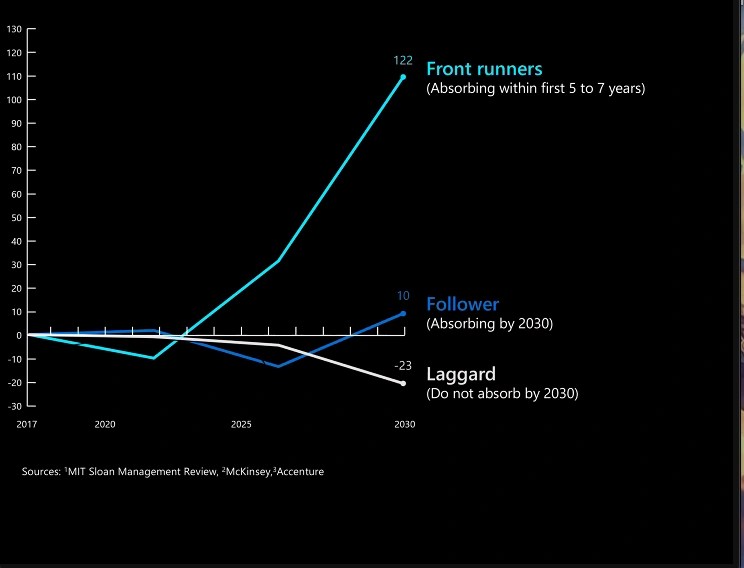AI/ML are blitzing into every industry. Ecommerce and Retail haven’t remained untouched. There is an urgency in the ecosystem to be AI inclusive. We term this drive Etail 2.0. While we cannot write off the first mover’s advantage completely, adopting AI means much more than automated responses and fancy chatbots. As may be clear from the AI/ML buzz in the market, implementing AI/ML algorithms involves enormous costs, which sets expectations on the Returns on Investments too.
One of the direct implications of this costly and worthy investment for any leader in the industry today is an imperative understanding of the concepts, benefits, digitization requirements, feasibility, and the AI readiness of their products and services.
How do we know if we are ready for digital transformation? How mature is our platform to adopt AI/ML transformation? Are we Etail 2.0 ready yet?
Advanced AI/ML models require an e-commerce platform to be at a threshold maturity. In this article we have assembled a neat thought process for a quick analysis on whether your e-commerce platform can take the plunge (and not a blind nosedive) into the AI/ML technologies.
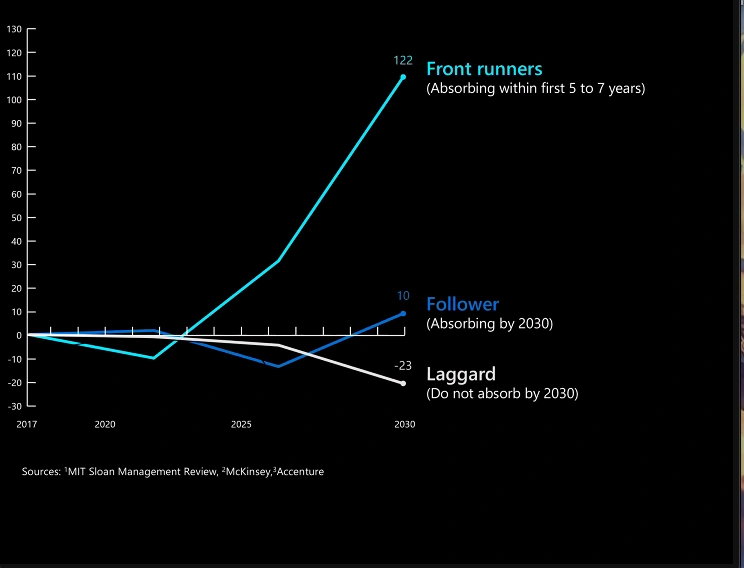
There are three broad aspects you should check to determine if you are at the cusp of digitally driven and AI driven e-commerce –
- Digitalised capabilities in your e-commerce platforms
- Data Collection and Management
- Organisational Scale & Maturity
The Digitalised Capabilities –
Before you jump to Etail2.0 it’s important to have covered these first steps into a truly digitally transformed e-commerce business. Some checkpoints are if you have the following digital capabilities –
- Customer Management Systems
- Order Management Systems
- Catalogue Management
- Supply Chain Management Systems
- A systematic audit trail of the set of inputs, transactions, and output in each of these systems within the platform is mandatory for a seamless digital transformation of your e-commerce business
- For example, let’s say you want to implement a sophisticated AI algorithm to manage fraudulent transactions. This requires processes such as systemic monitoring and recording of all the transactions which serve as input to the fraud forecasting algorithm. These processes, if streamlined, may point out frauds using simple causation with basic analytics. While ML resolves the same using complex algorithms, making AI/ML implementation questionable. However, there are data correlations between voluminous data streams that only ML algorithms understand.
- In a similar example, before you adopt dynamic pricing, a well maintained catalogue with sanitised data labels, tags and categories is necessary. This reduces the time and cost involved in matching product SKUs with congruently attributed product listings on a competitor’s site.
The digital capabilities to manage inventories, track orders and deliveries, label product catalogs, monitor customers journeys, ensure that when you upgrade to more sophisticated technologies you have a foundational structure in place to support them.
Before you adopt AI/ML, run a self check with your engineers to –
1.) Wipe off accrued technical debts for a robust Etail 1.0 infrastructure.
2.) Build a strong and stable backbone for AI/ML technologies.
Data Collection, Storage and Management –
Ecommerce marketplaces are data treasure troves. You cannot build a great customer experience on bulked up e-commerce sites if you do not build data.
How do you use data as intelligence? How do you define critical data points to map user journeys and product features? The answer is effective data, collection, storage and management.
Data has become the new oil because it’s the fuel for the learning process that a machine builds for autonomous decision making. In simple terms, ML capabilities are decided by the quality of data you feed your models.
What does ‘quality data’ mean?
The data that you feed into the system has to be genuine, accurate, and complete. High-quality data entails:
- Sanitized data collection at the source
- Data input in prescribed data format
- Audit on labels
All this has to be ensured even before you split data into training and testing data for the ML models.
Data Collection Sources:
In e-commerce, data can be divided into two domains –
Customer Data –
includes identification data, descriptive data, and qualitative data on users’ preferences. This data is used to identify customer behaviour and helps you map the user journeys. It is the secret sauce that helps you build features such as contextual search, recommendation engines.
Product Logs –
Product logs include navigation time from one page to another, the response time, the payment gateway lags, time taken to checkout, cloud sync cycles. All these metrics have an intricate correlation and patterns that AI/ML technologies can translate into business intelligence for you.
Data Management :
Until 2015 when CIOs and CTOs talked about migrating data to the cloud, it was a futuristic move that was supposed to avoid data silos and ensure critical information is accessible to all stakeholders involved.
The future is here now.
It’s no longer an ‘innovative idea’ but an ‘absolute necessity’ to manage data at optimal costs and have workflows that connect one critical process to another with defining metrics.
Data Storage :
Another catch, the format in which you store data determines the speed of integration of AI/ML technologies on your existing stack. There is no right or wrong here but the recommended best practices for managing e-commerce data would ensure that for migration,hooks and plugs are readily available. Best practices also ensure compatibility with middleware for faster integrations if you are onboarding AI/ML technologies.
The Organisational Scale & Maturity
What are Big Data, AI/ML associated with in common?
One word – Volume or another word – Scale!
When you scale and mature as an organisation there are multiple trade offs and pivots that you have to consider. This is one of the most critical junctures in a business. The kind after which there is an orbital jump or a stagnation and then a dip in the progres graph.
Let’s look at a hypothetical situation in your Warehouse setup. You have multiple regional sub-divisions that cannot coordinate efficiently on an hourly/daily basis with your centralized data repository because of latency in your real-time processes and digital sync cycles.
In such scenarios, a predictive model or inventory forecasting through an AI/ML solution can be the solution. Although you may spend considerable resources on onboarding/ building these solutions, it often optimizes costs related to procurement and inventory planning. Such benefits improve the overall positive impact in the entire system and contribute to net gain.
Another example is diversification of revenue streams. Let’s say you are trying to create a profitable advertising ecosystem within your e-commerce platform and you have to show real value to the brands/sellers involved.
Forecasting on user behaviour and comparative intelligence becomes essential. You can personalise Ad targeting by predicting a buyer’s behaviour on existing user graphs. This function becomes significant, especially when you are competing against Facebook and Google Ads that have taken a huge chunk with the AI advantage in place.
Going ahead the AI/ML way?
Before you get into the checks and balances of digitalizing your business, ask yourself a few basic questions:
- Do I need AI/ML to solve this problem?
- Is this a human labor-intensive task otherwise?
- Can this be solved efficiently with tweaks in management processes?
Did you answer a clear ‘Yes’ for all these questions? You are probably right about your decision to go the AI/ML way. Give us a chance to help you see the FCC way.
If you are skeptical, consult our experts to know more about the FCC way of making your ecommerce business AI inclusive.
Here’s why: We have seen e-commerce transform from digital-driven to AI-driven and can help you make sense of the organizational checkpoints like team size, order volumes, and other metrics that are key to your decision-making.
We hope this article helped you with an outline of the basic thoughts to ponder about in your ecommerce digitalization journey.
Keep watching this space for more information on transforming our ecommerce business, the FCC way.
Reach out for any queries, feedback, comments, suggestions.
More Blogs
See how retailers and brands are winning with FCC

Everything About Price Skimming Strategy Explained
Read More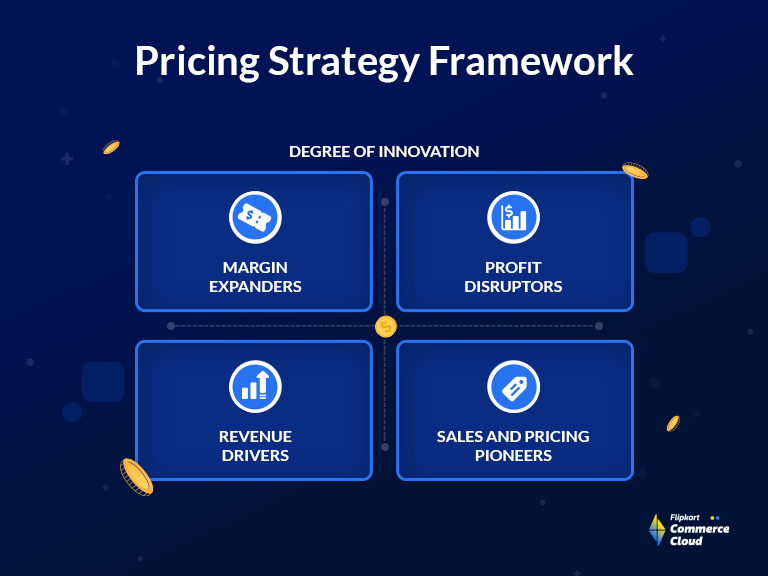
Mastering Pricing Strategy Framework
Read More
What is a High-Low Pricing Strategy?
Read More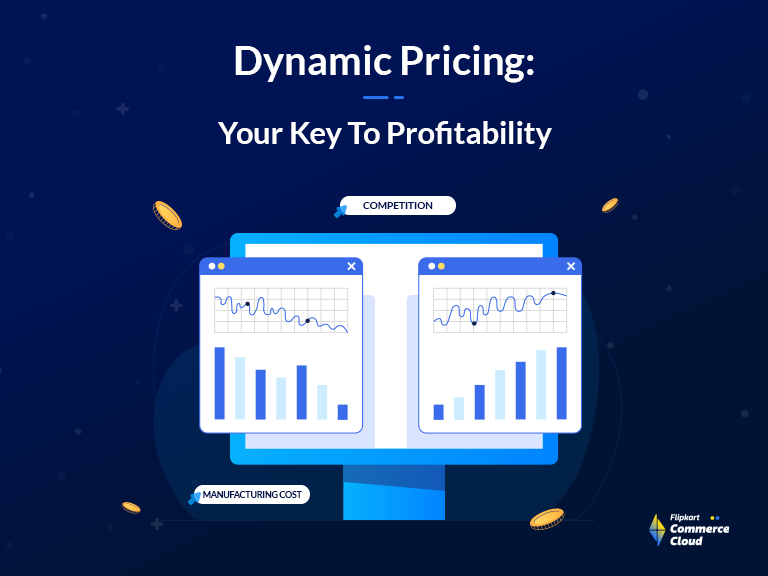
Ultimate Guide To Dynamic Pricing Strategy In 2025
Read More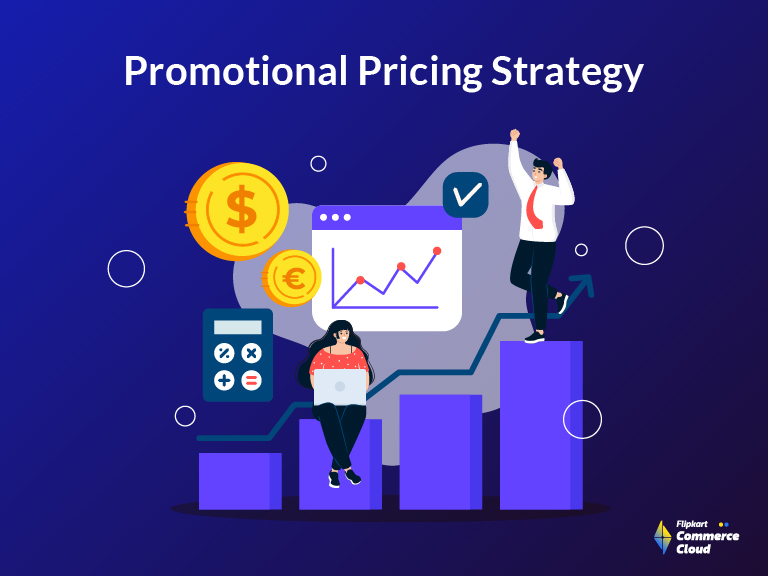
Retail Pricing Strategies: Winning with Promotion Pricing in Competitive Markets
Read More